When customizing a pickleball paddle, most players focus on color and layout. But in 2025, as printing technology evolves and material layering becomes more precise, the physical feel of the paddle surface is becoming just as important as what it looks like. This article explores how surface texture and the print layer impact both performance and aesthetics.
1. Texture Affects Friction, and Friction Affects Spin
A glossy printed paddle may look stunning, but it can slightly reduce the tactile feedback players get. Smooth finishes tend to slip more on contact, decreasing topspin and slice efficiency. In contrast, matte or textured overlays (when properly aligned with paddle grooves) preserve grit and enhance control.

2. Layer Thickness Can Mute or Enhance Feedback
Thick vinyl wraps or overly saturated ink layers can muffle impact feedback and even shift paddle weight slightly forward. This changes how the paddle behaves in fast net exchanges. Professional-grade printing balances ink absorption with thin yet durable coverage.

3. Design Placement vs. Performance Zones
Placing a heavy ink area (like a dense photo or solid logo) over the paddle’s sweet spot can visually disrupt focus and subtly change weight distribution. Good design considers not just balance of color, but how artwork flows around the paddle’s center of control.

4. Real Texture vs. Printed Illusion
Some designs simulate texture—like woodgrain, leather, or carbon fiber—but only offer a flat visual. While these effects can look impressive, real embedded textures using layered matte coatings or heat-press depth printing give a more immersive feel, which serious players appreciate.
Conclusion: Great Design is Also Material Engineering
Designing a pickleball paddle isn’t just about how it looks—it’s also about how it feels and performs. In 2025, the best paddles balance aesthetics and physical function. Understanding how your artwork interacts with texture and layering can help you create a paddle that’s as playable as it is personal.
Choose texture wisely. Design smart. Play better. Design Yours Now.
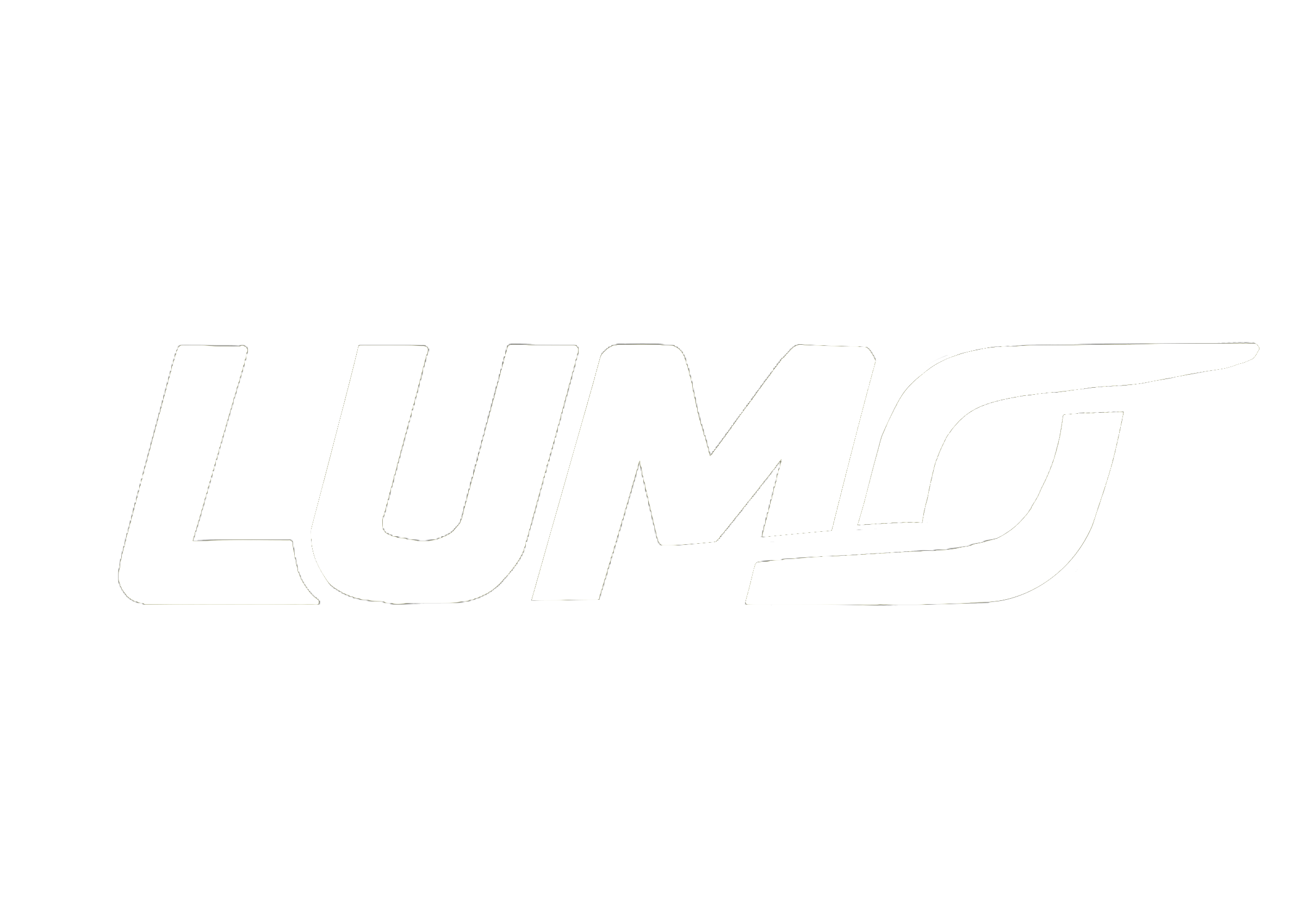
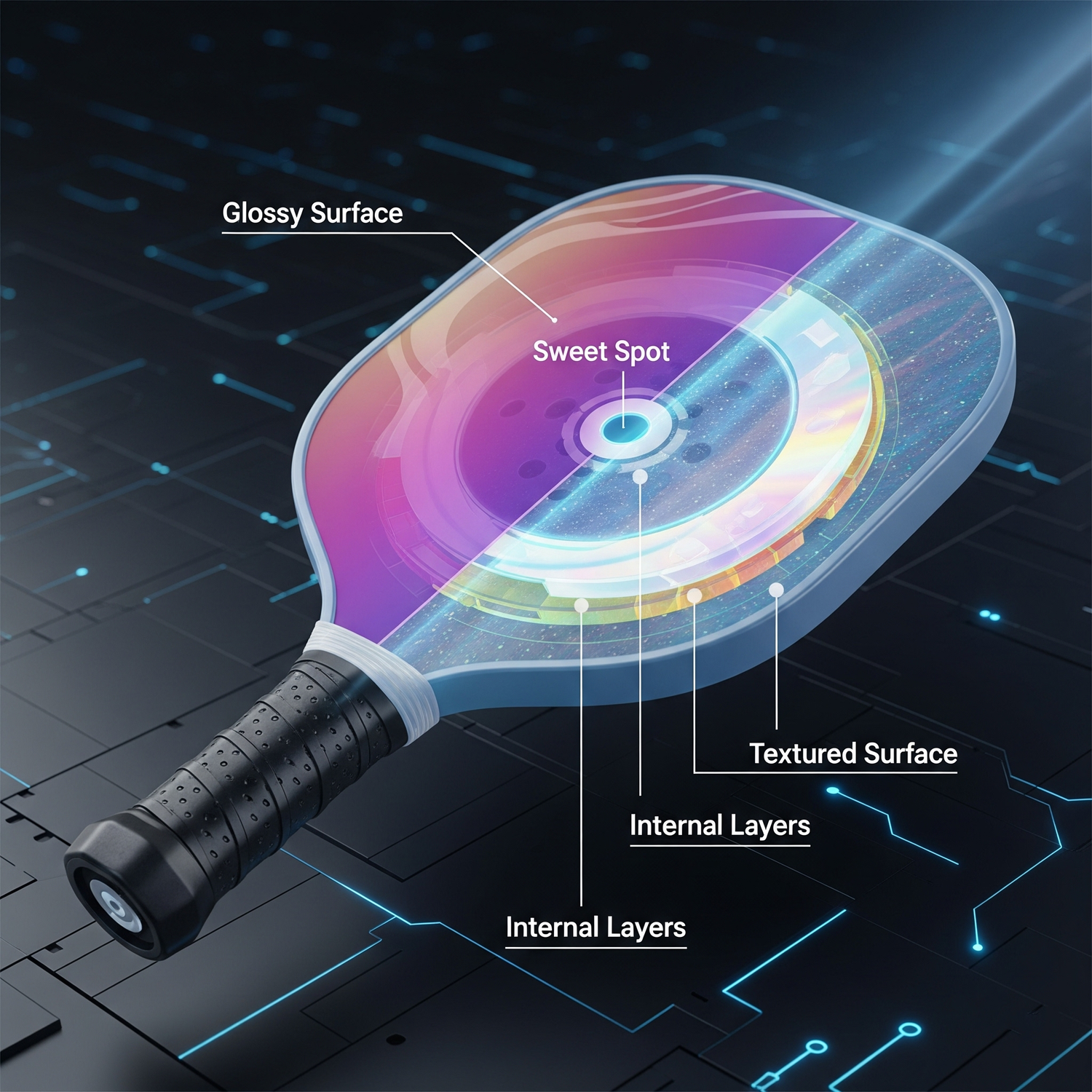
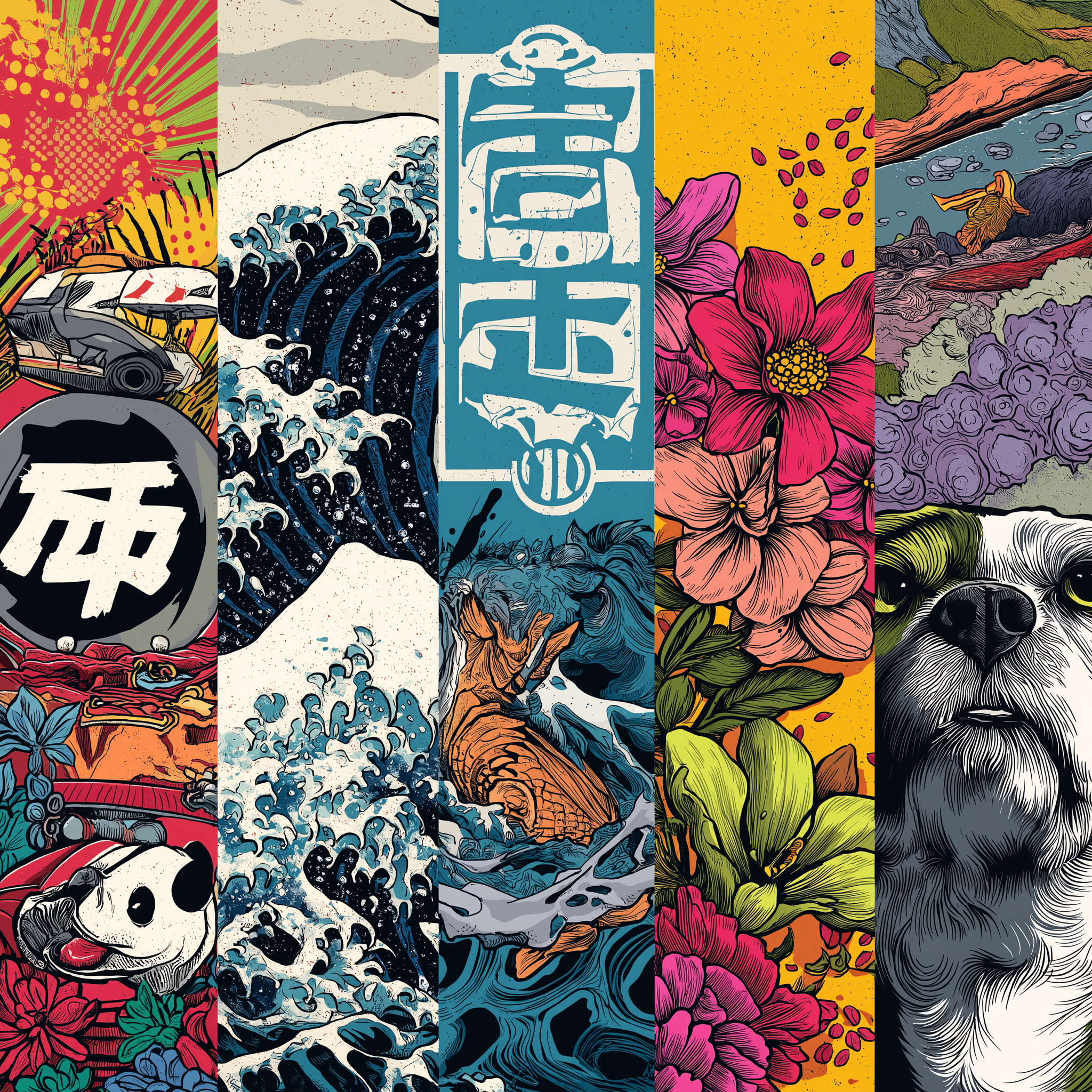
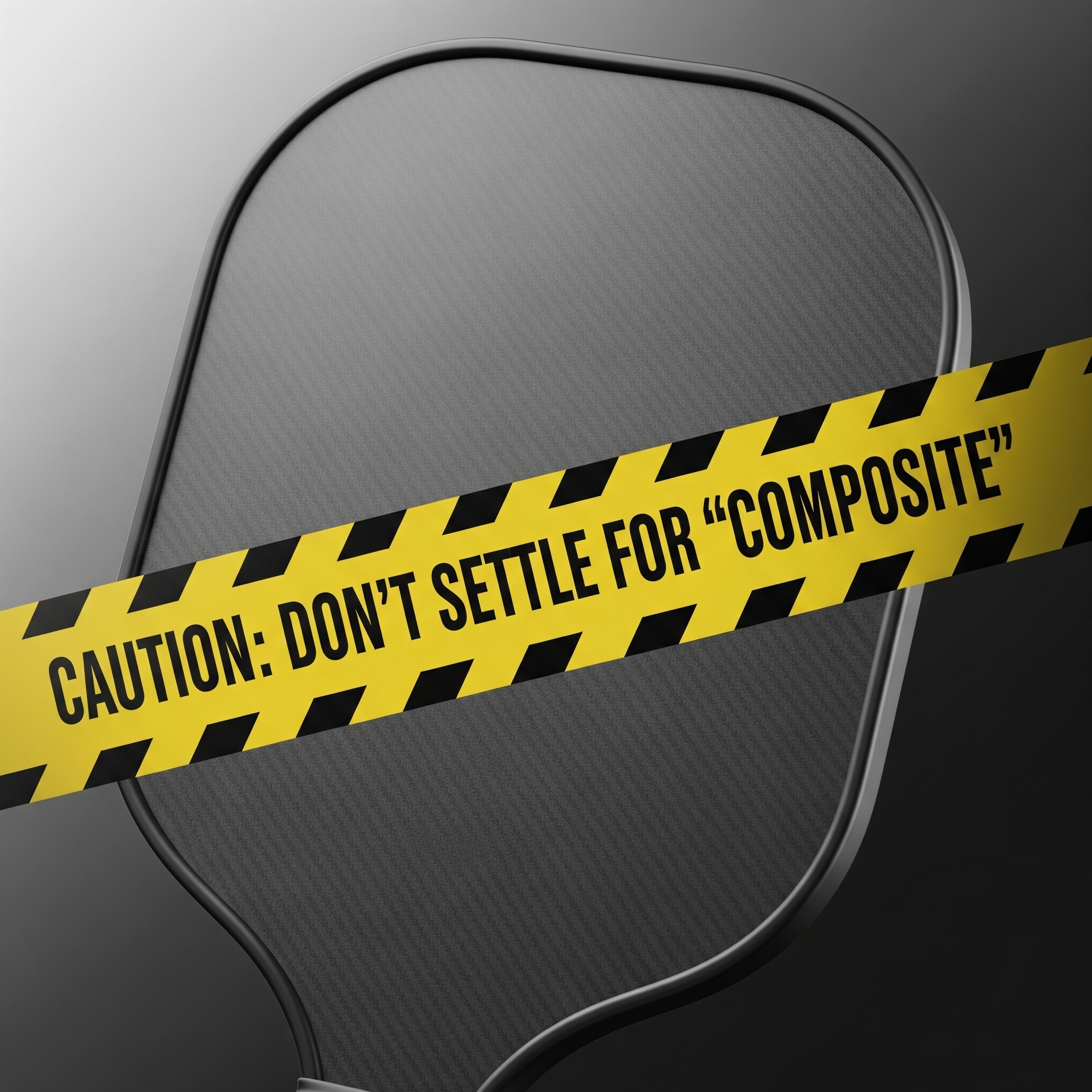

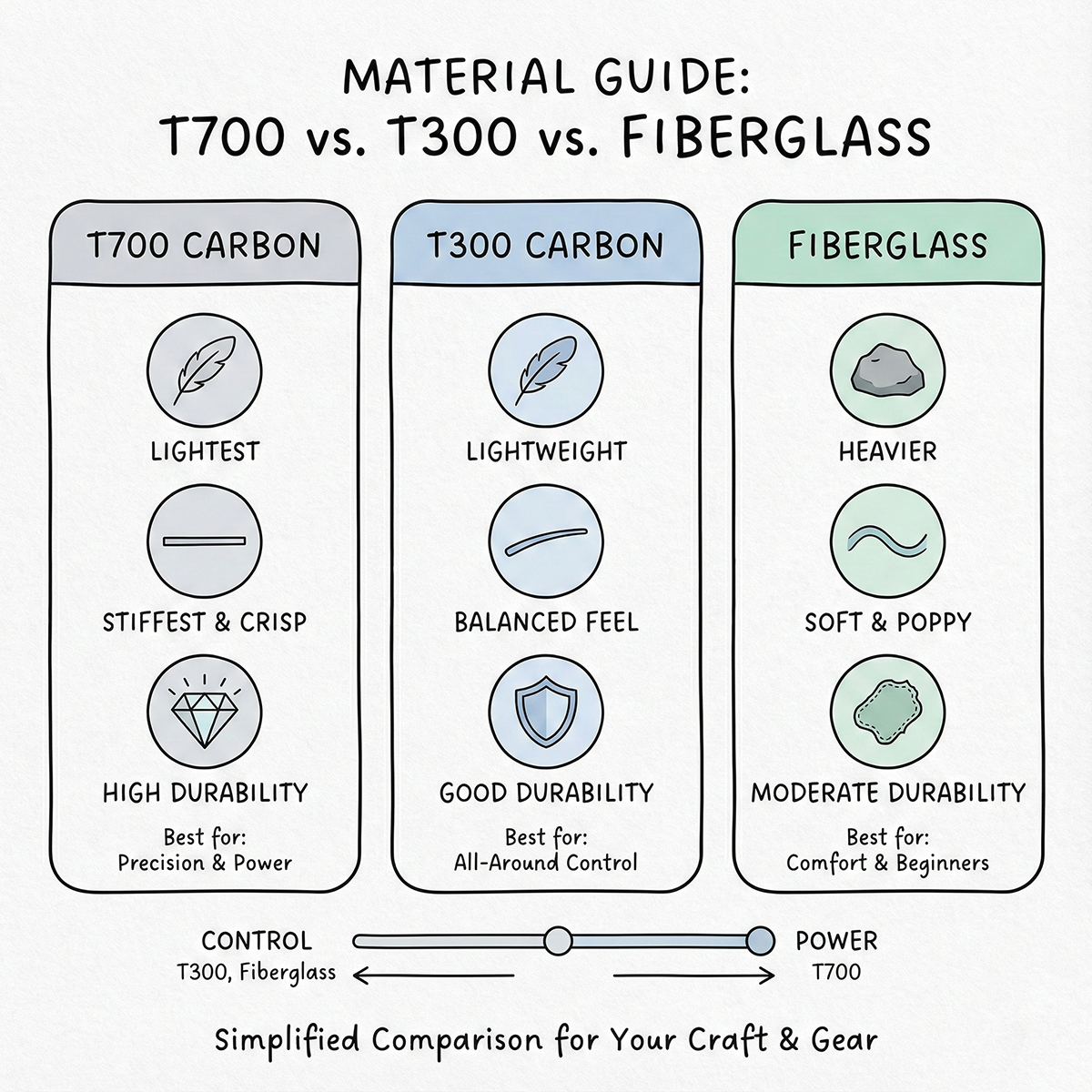
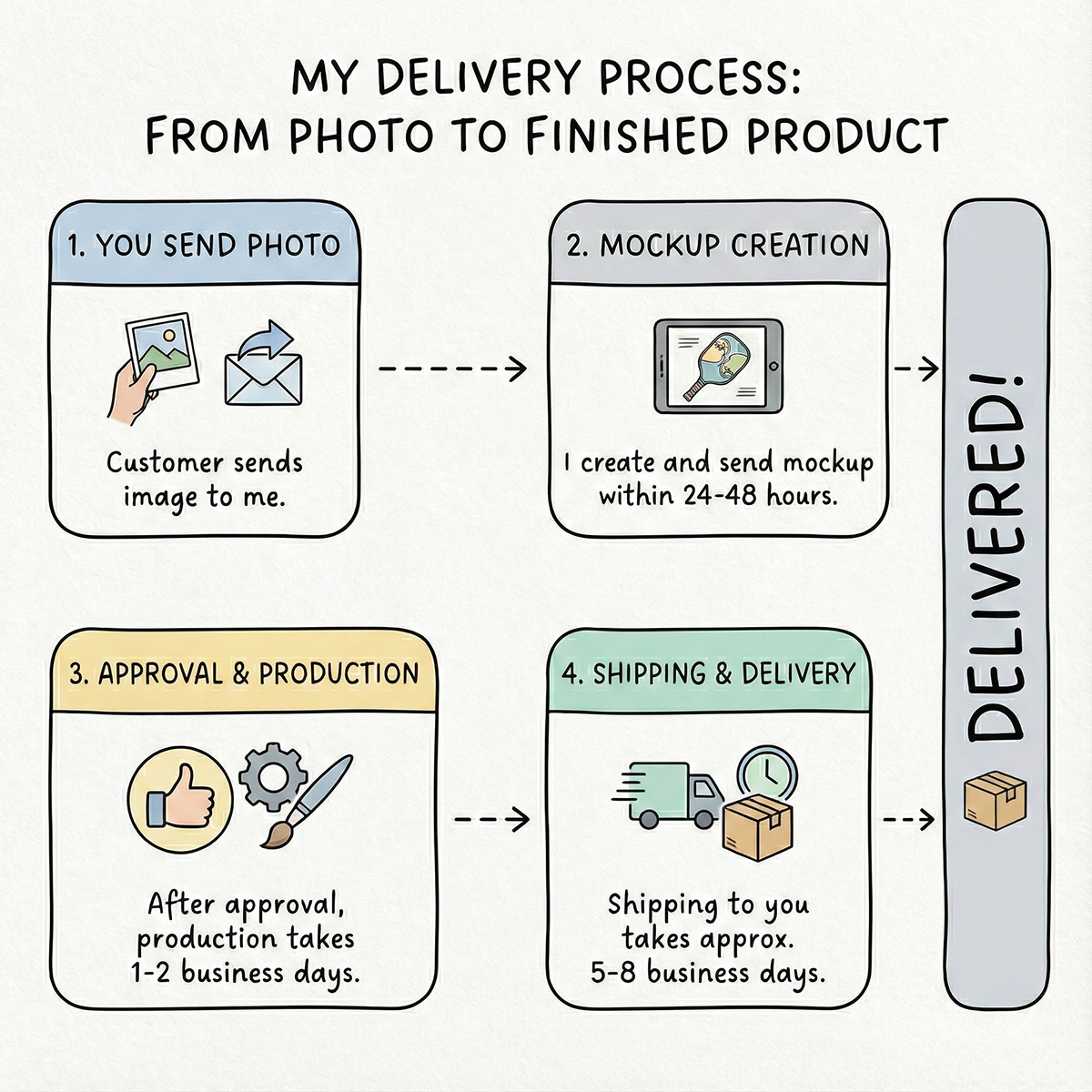
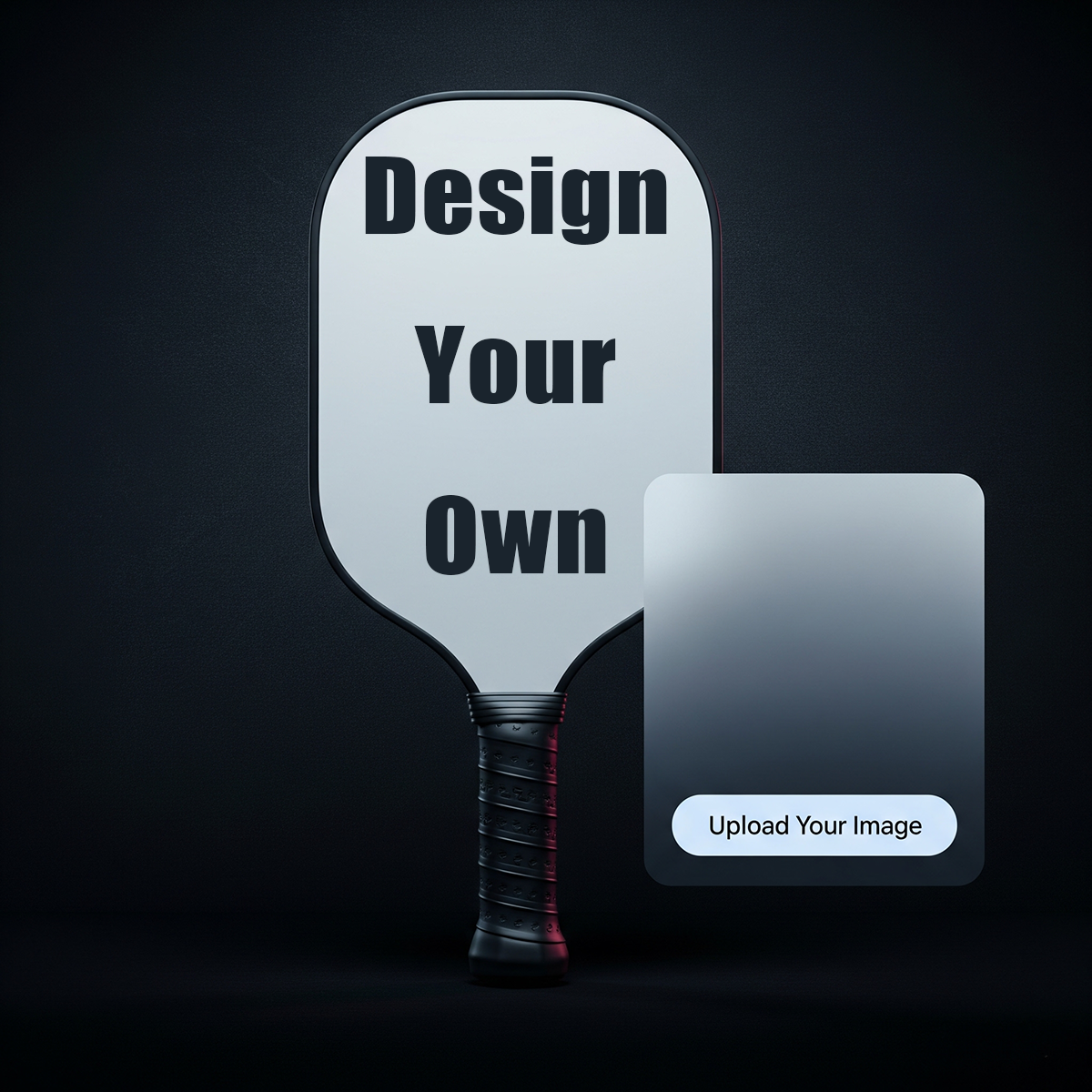
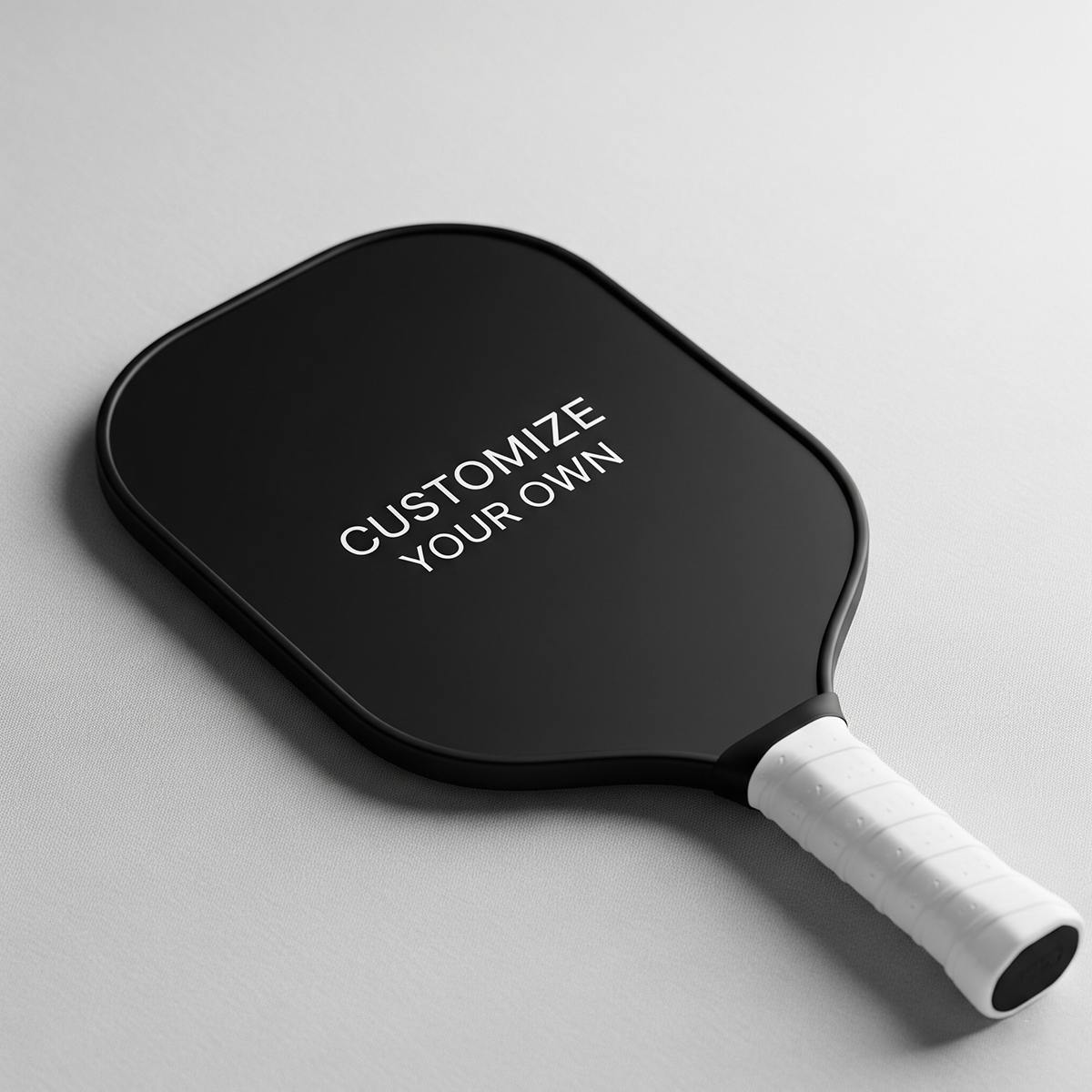
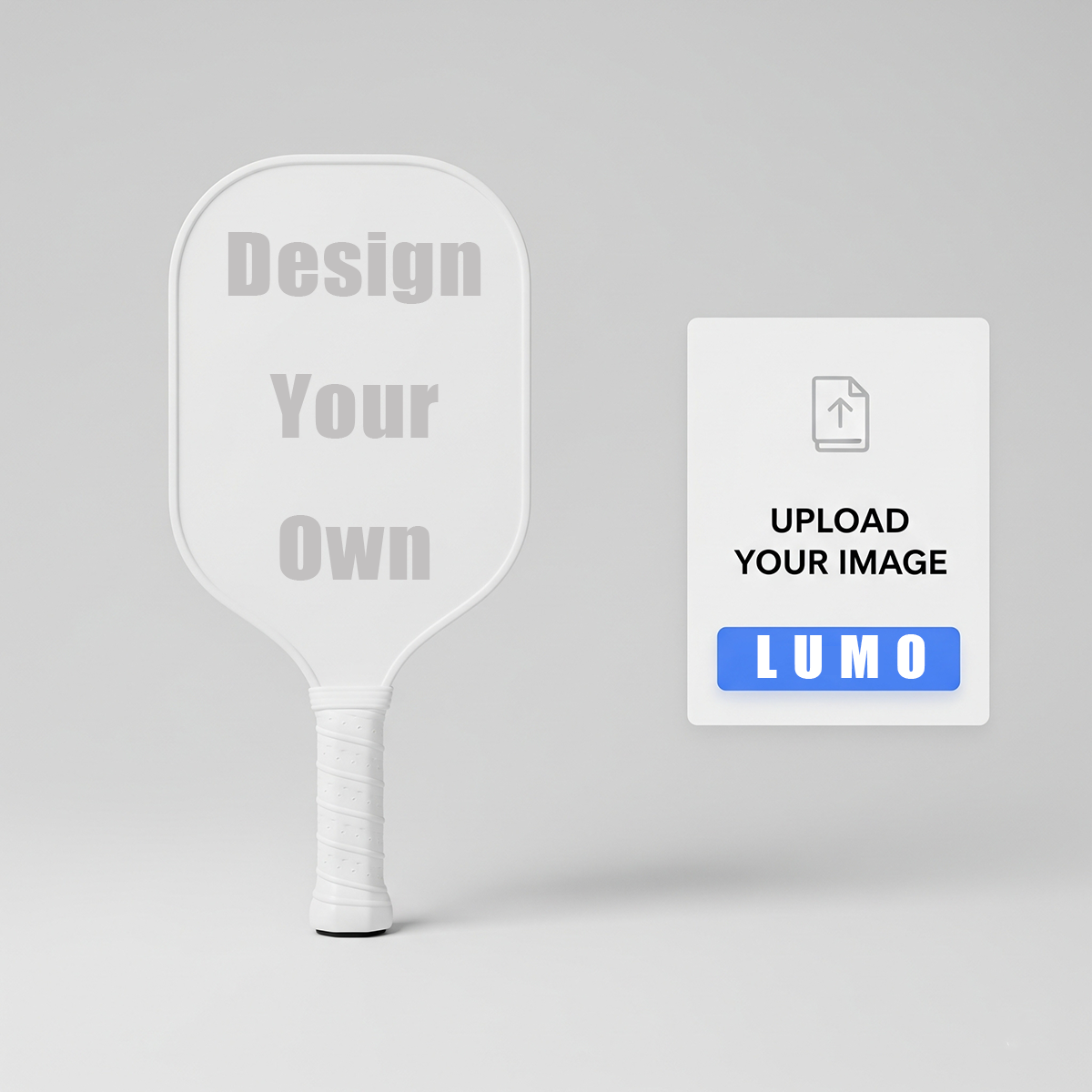
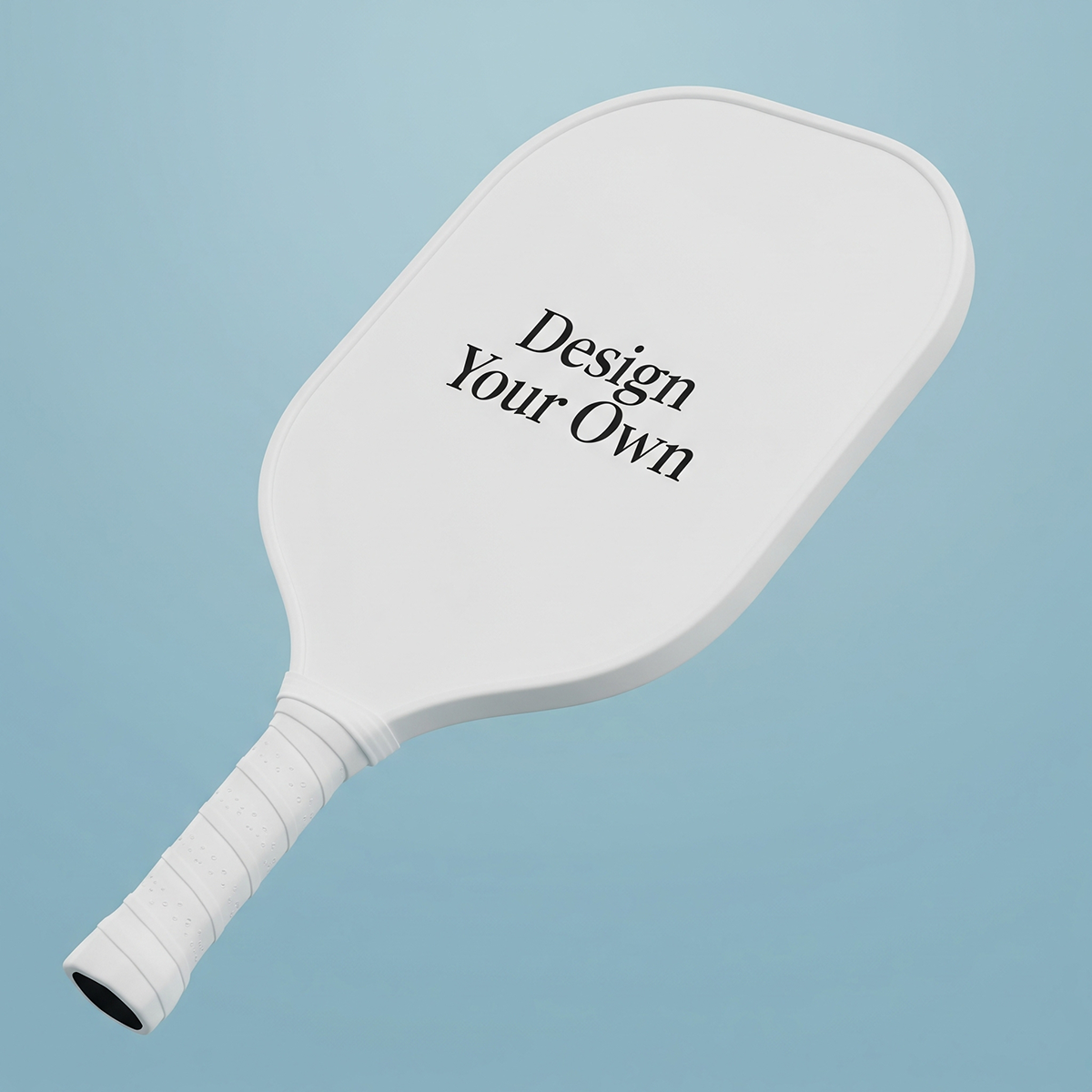
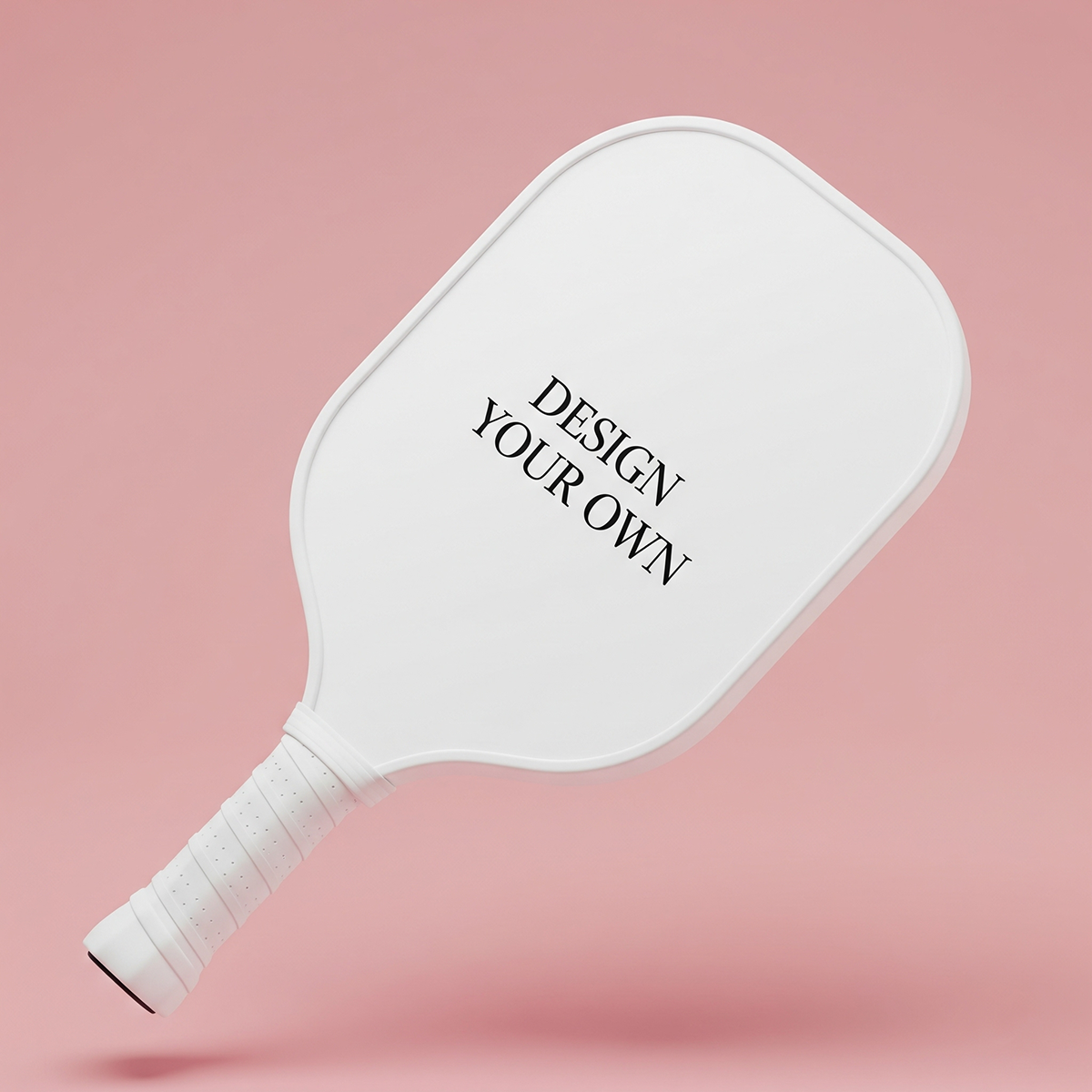
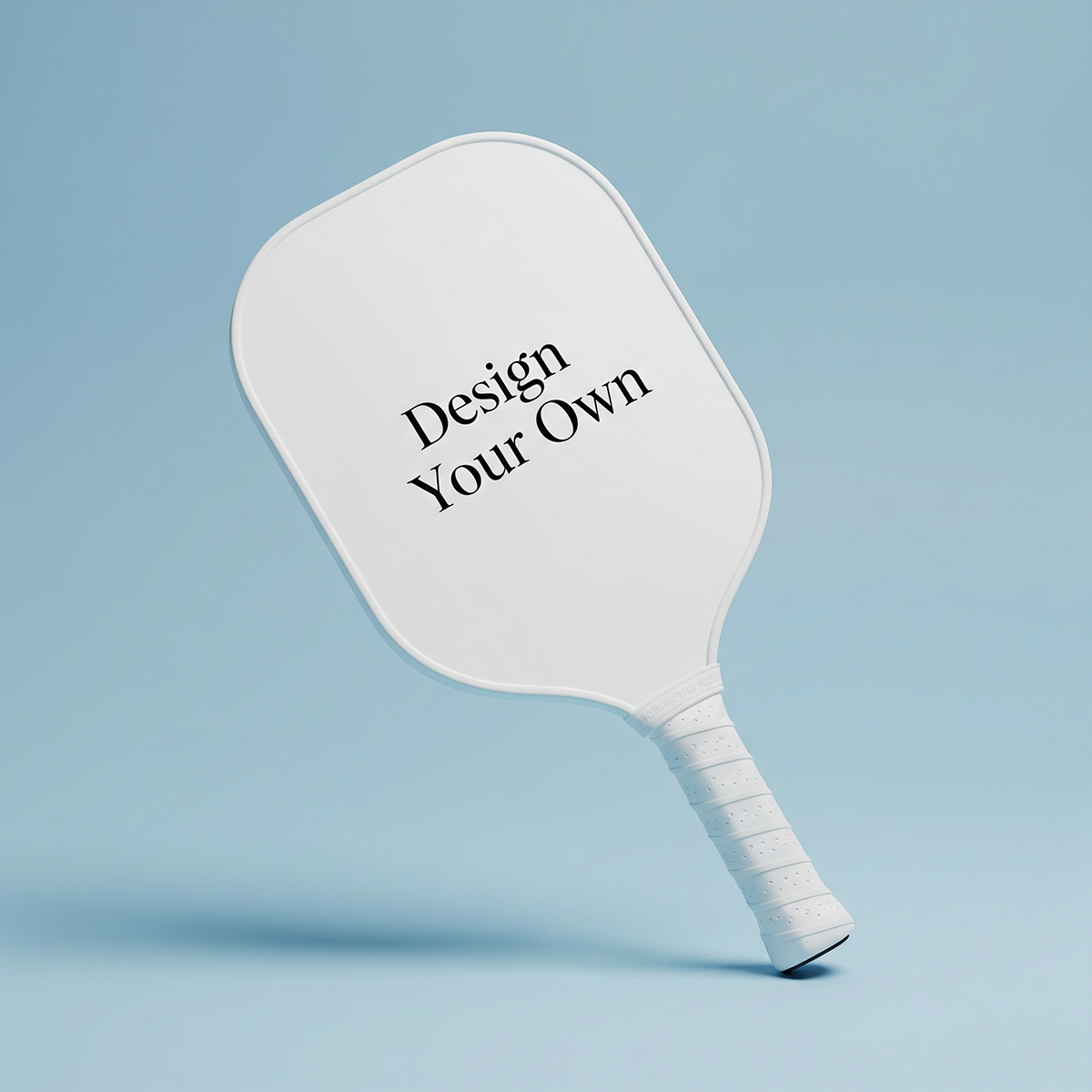
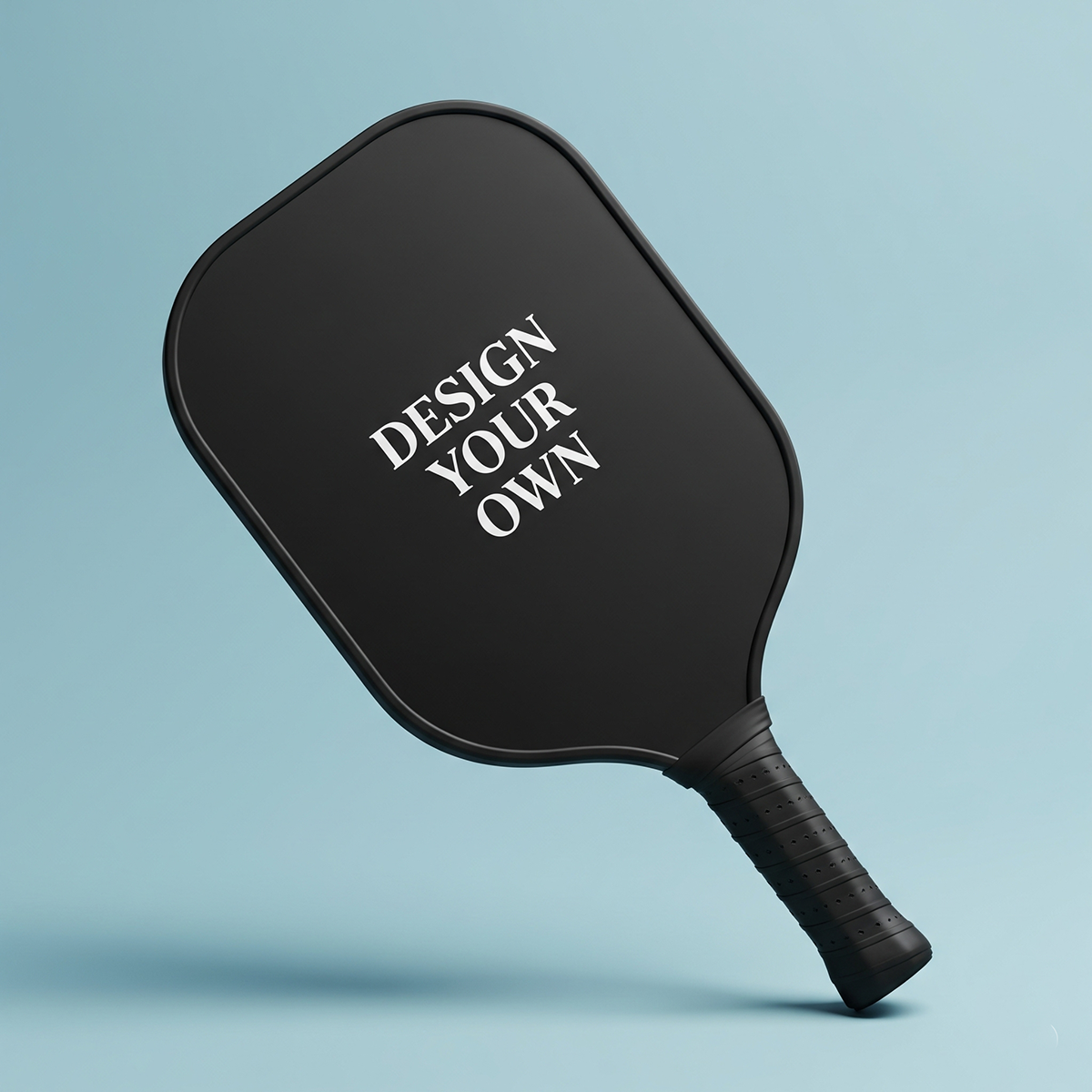
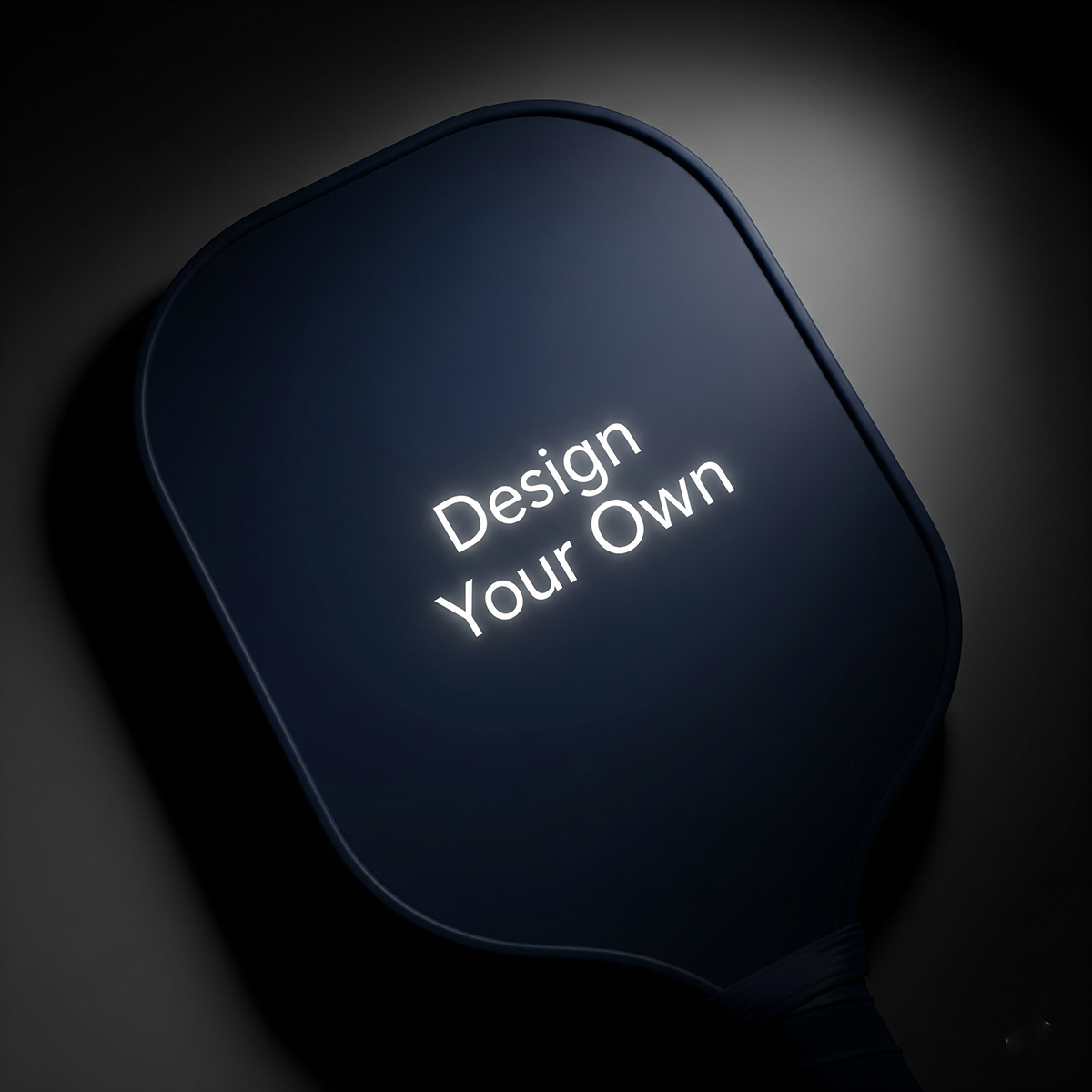
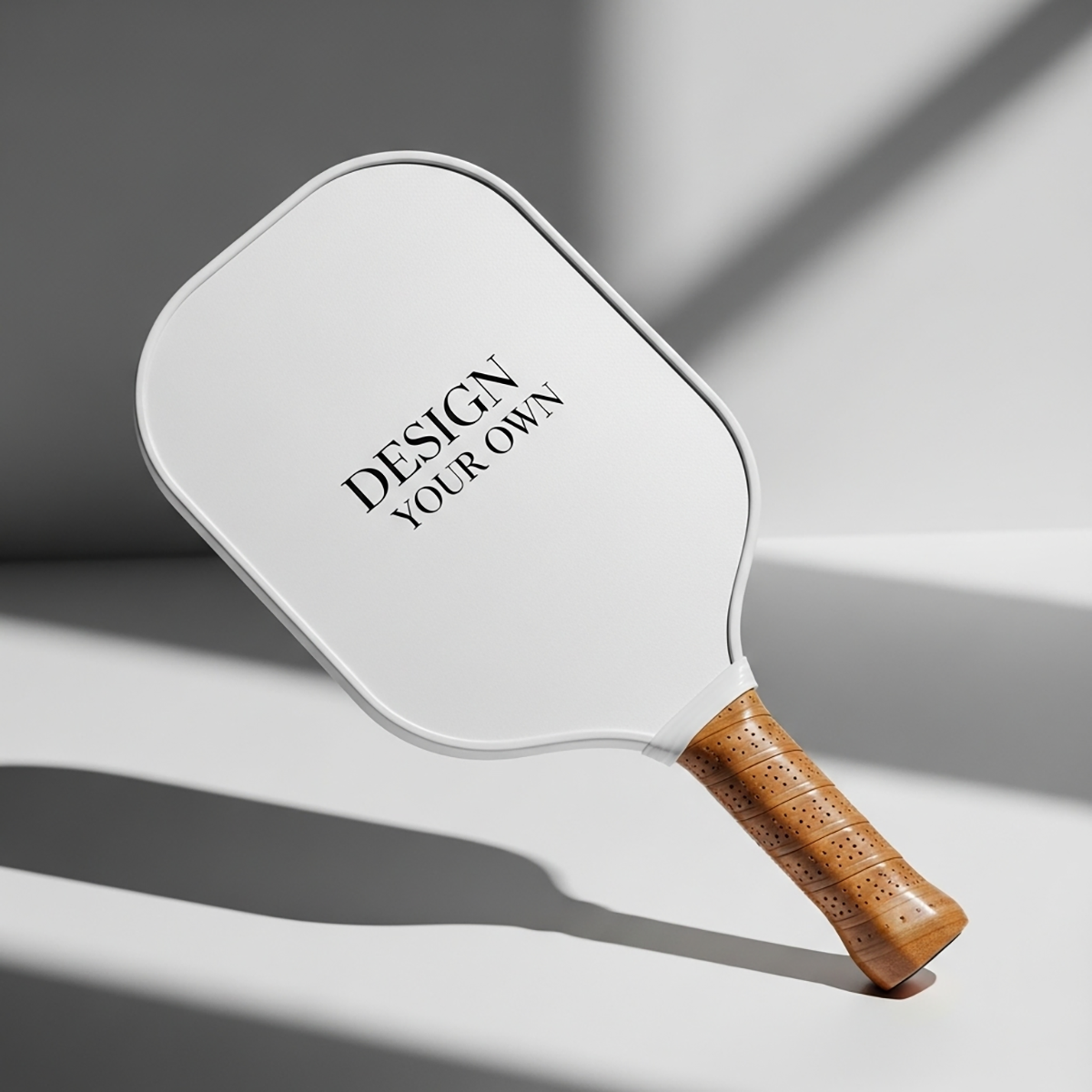
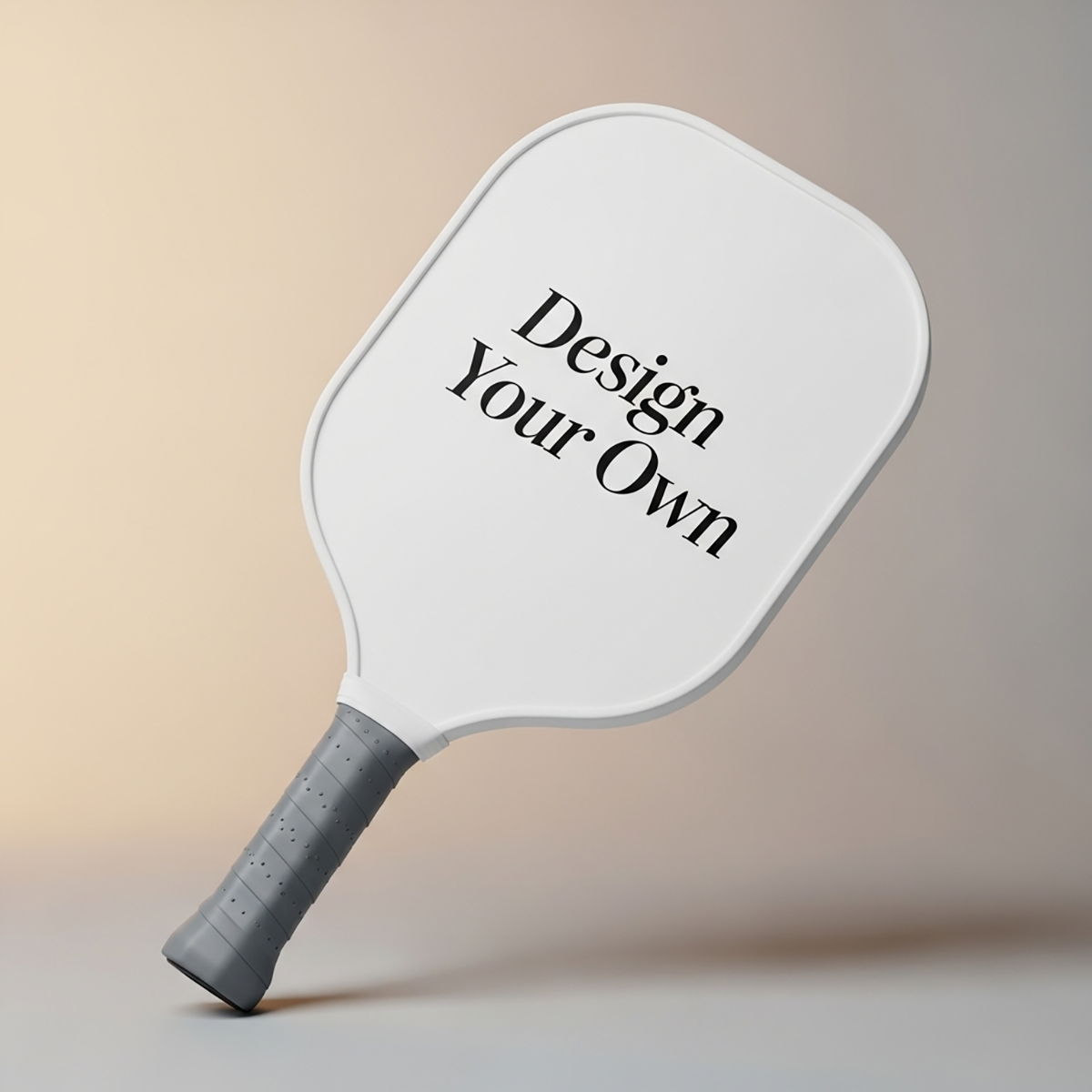
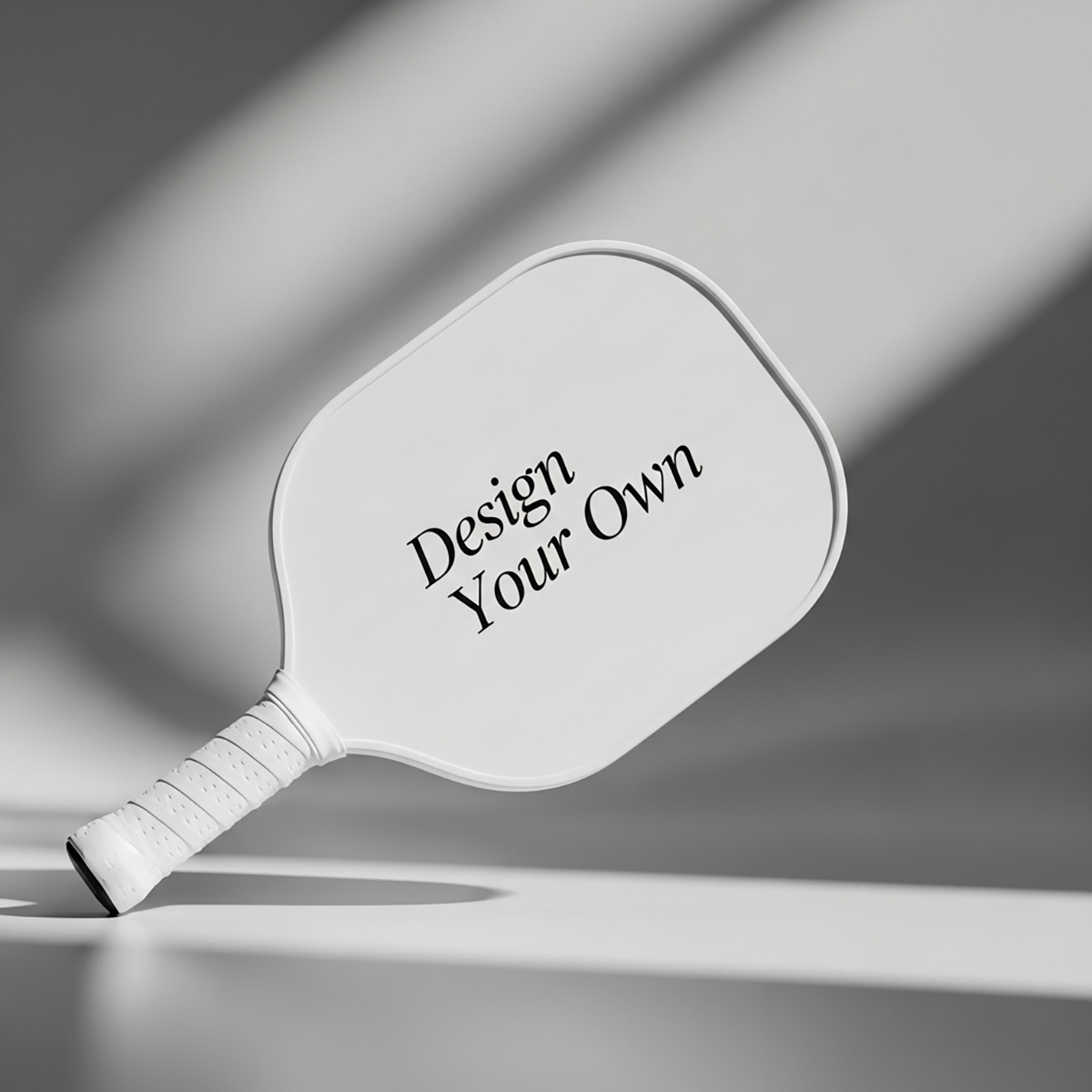
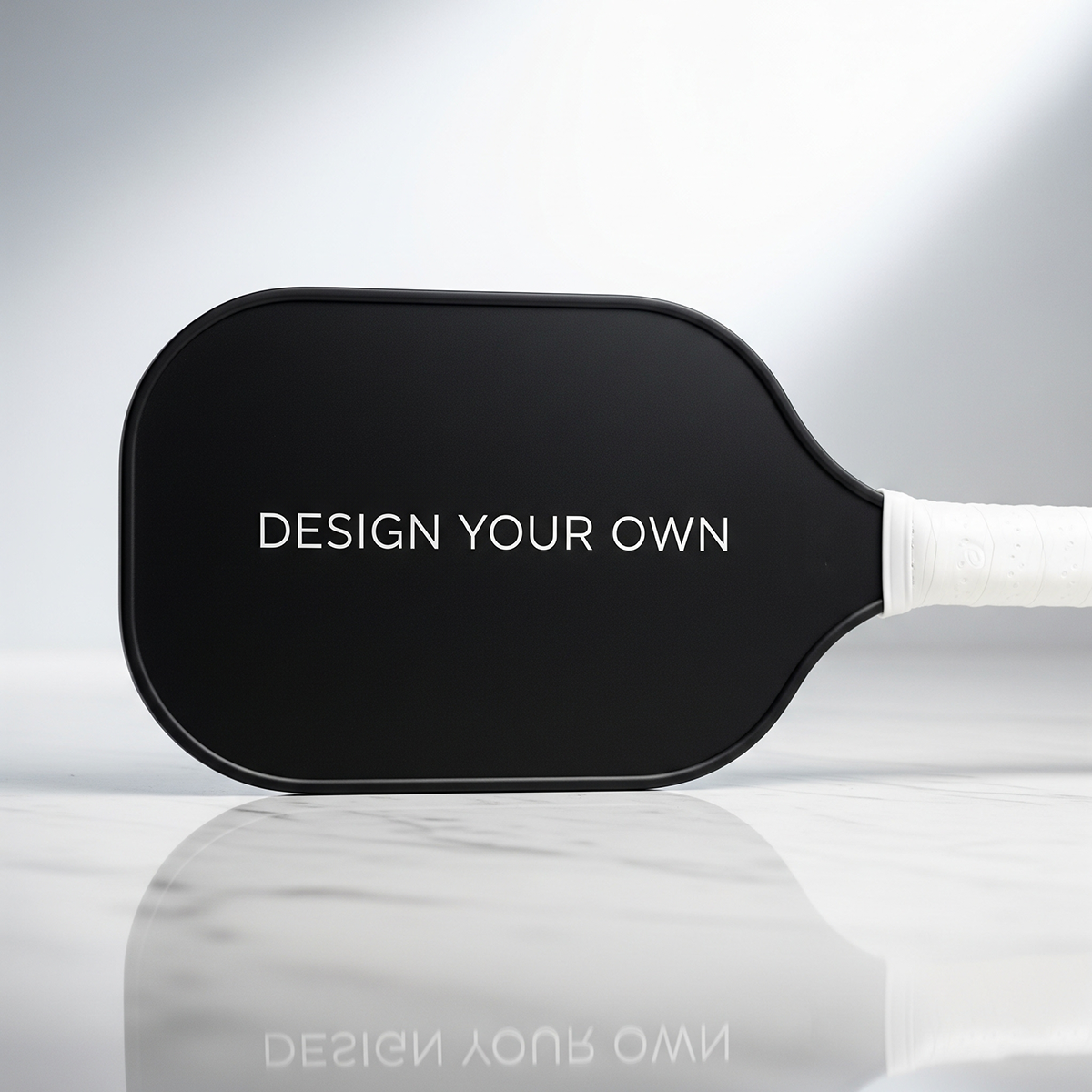
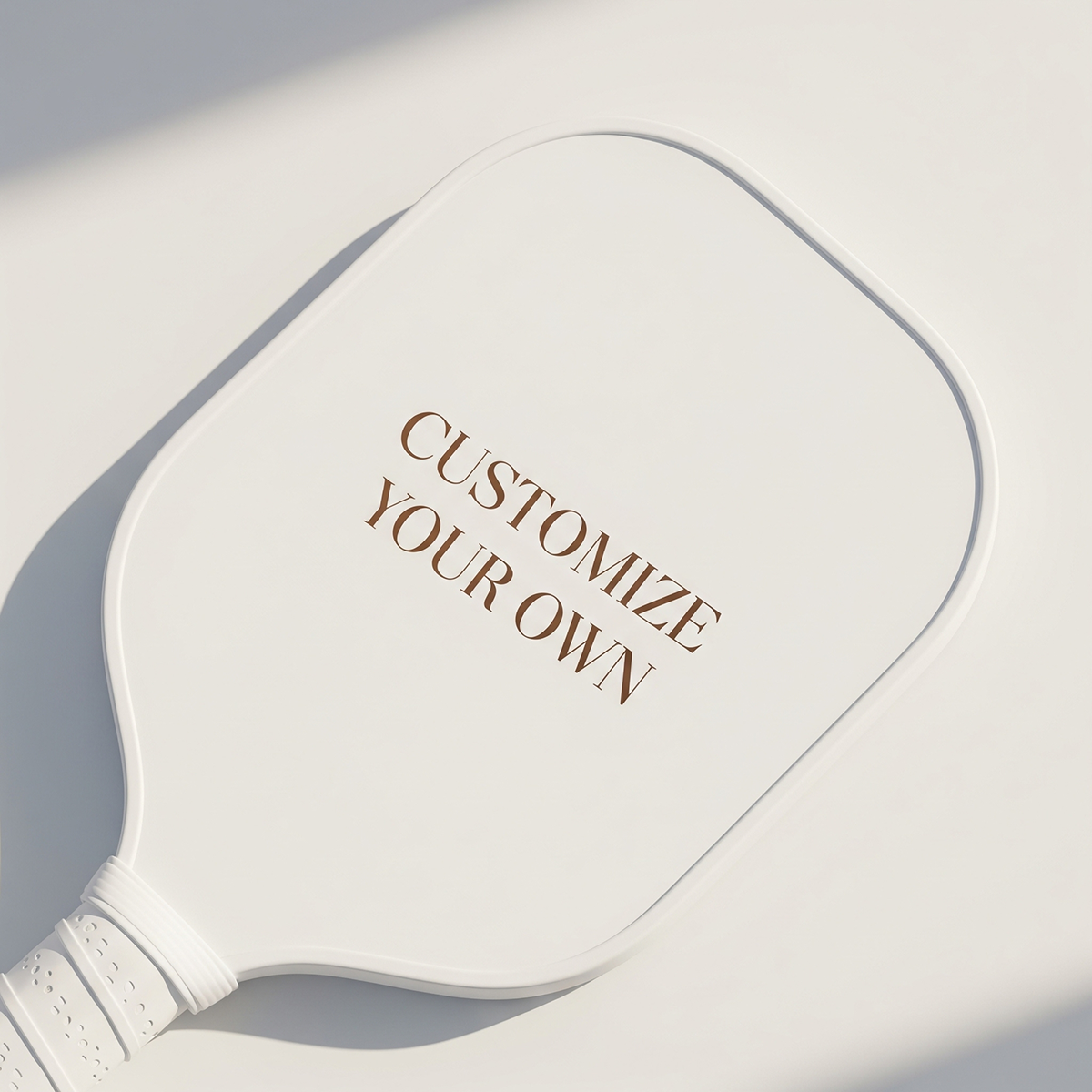
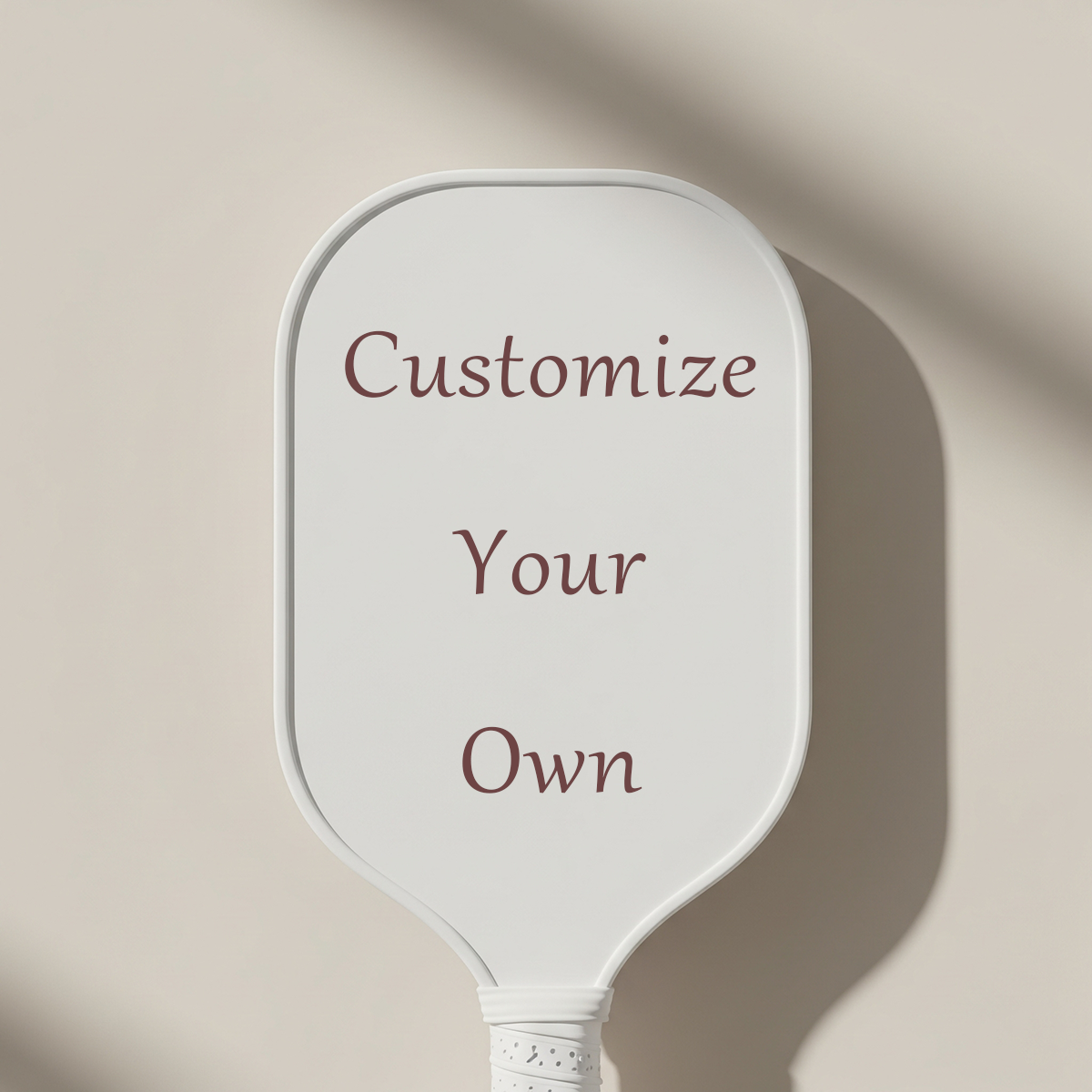
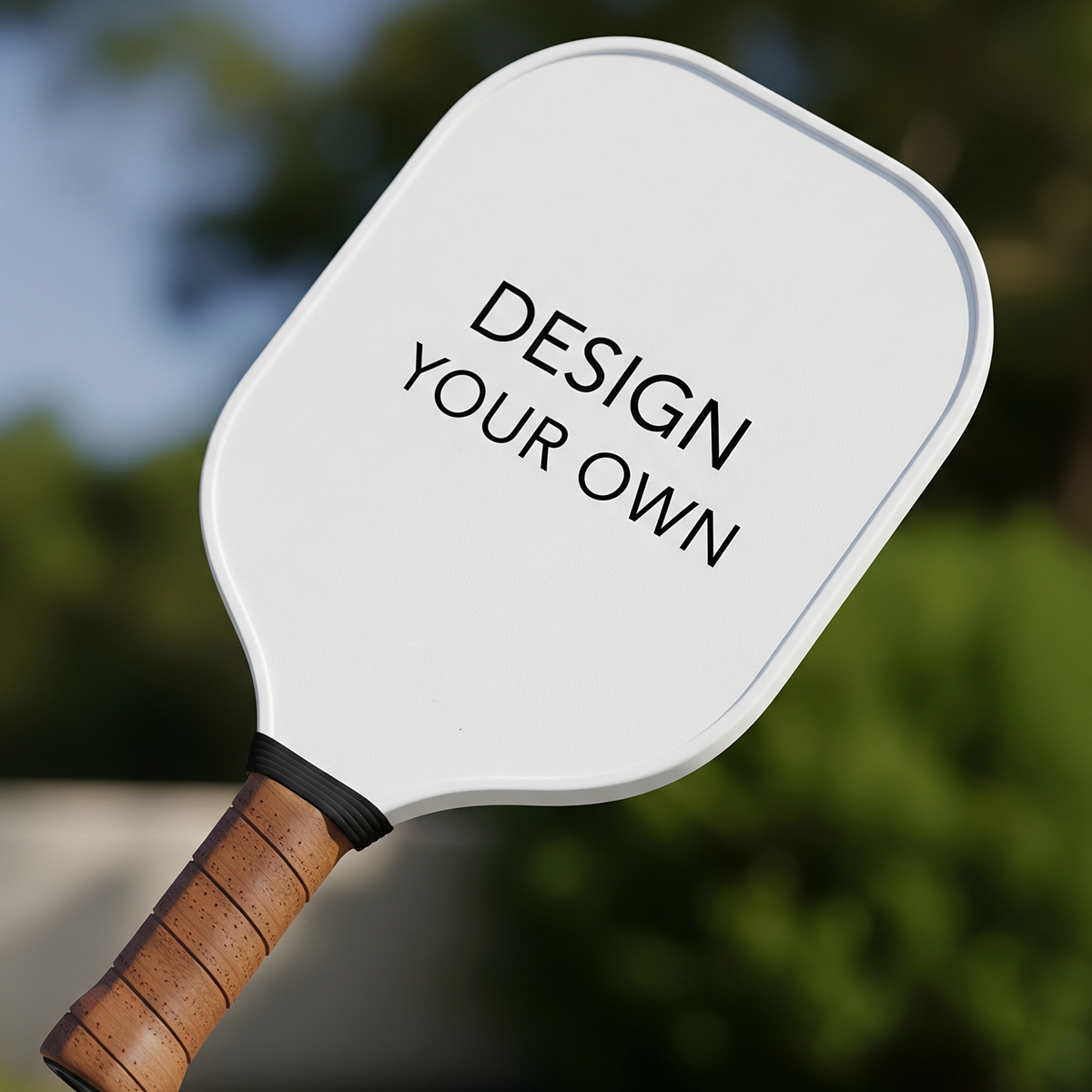
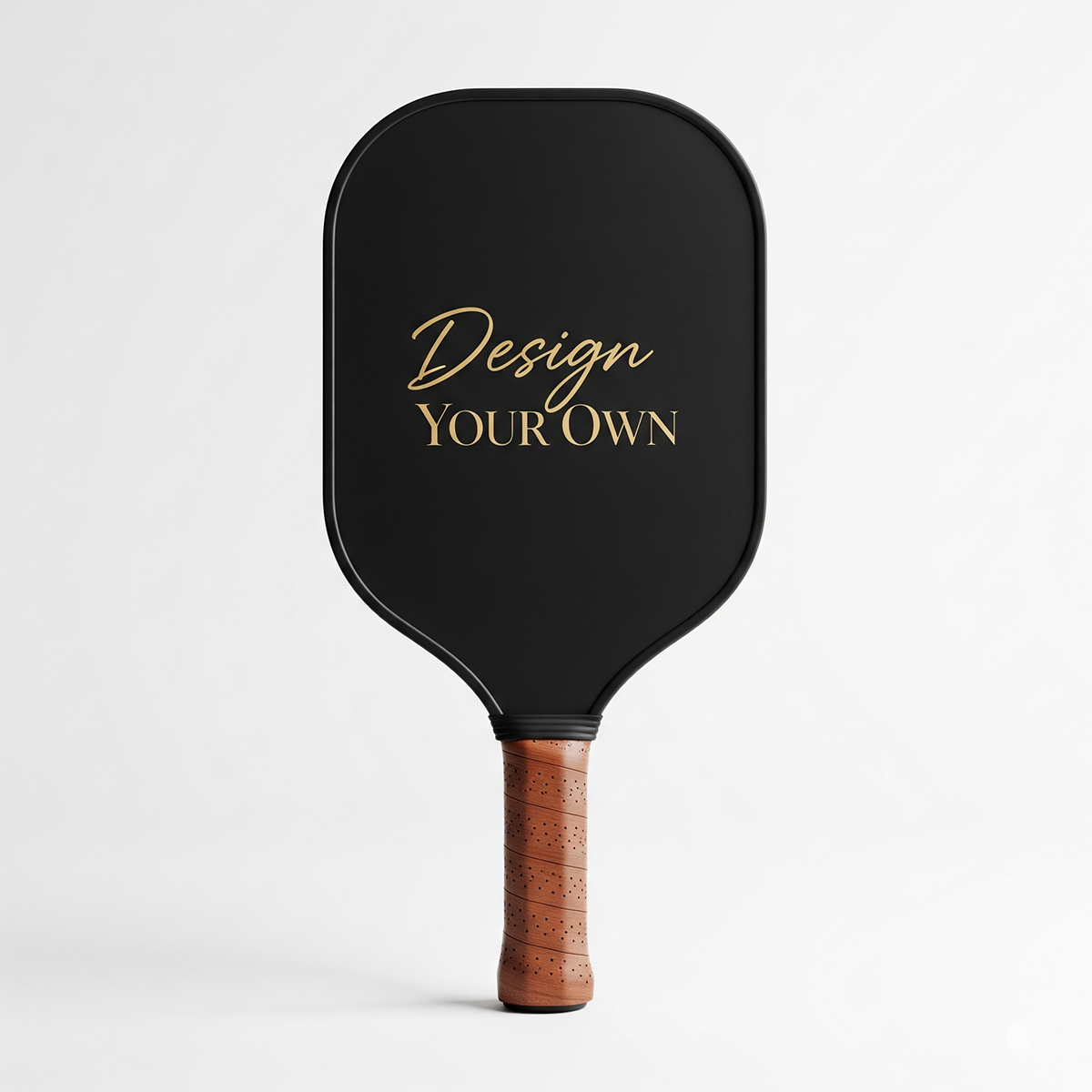
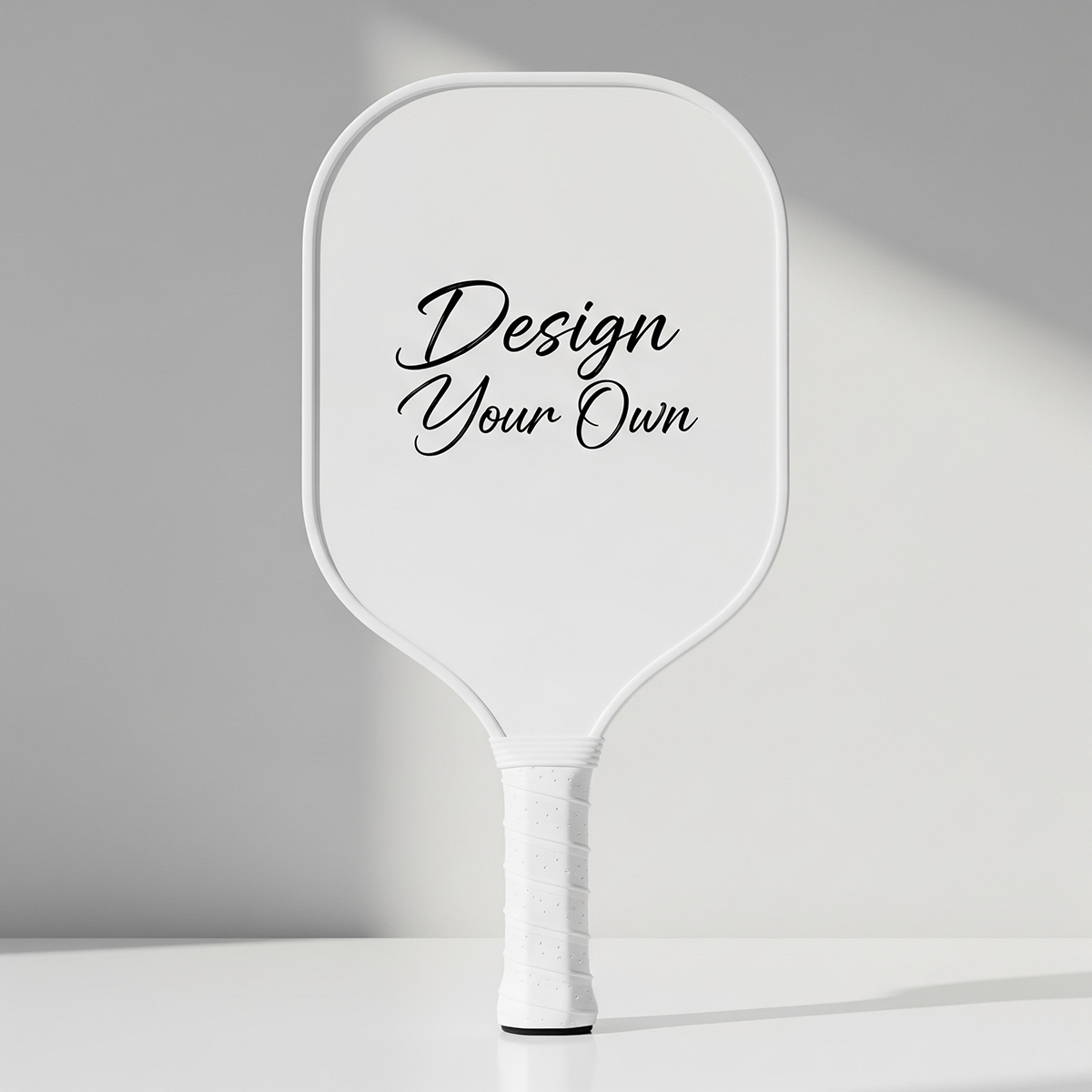
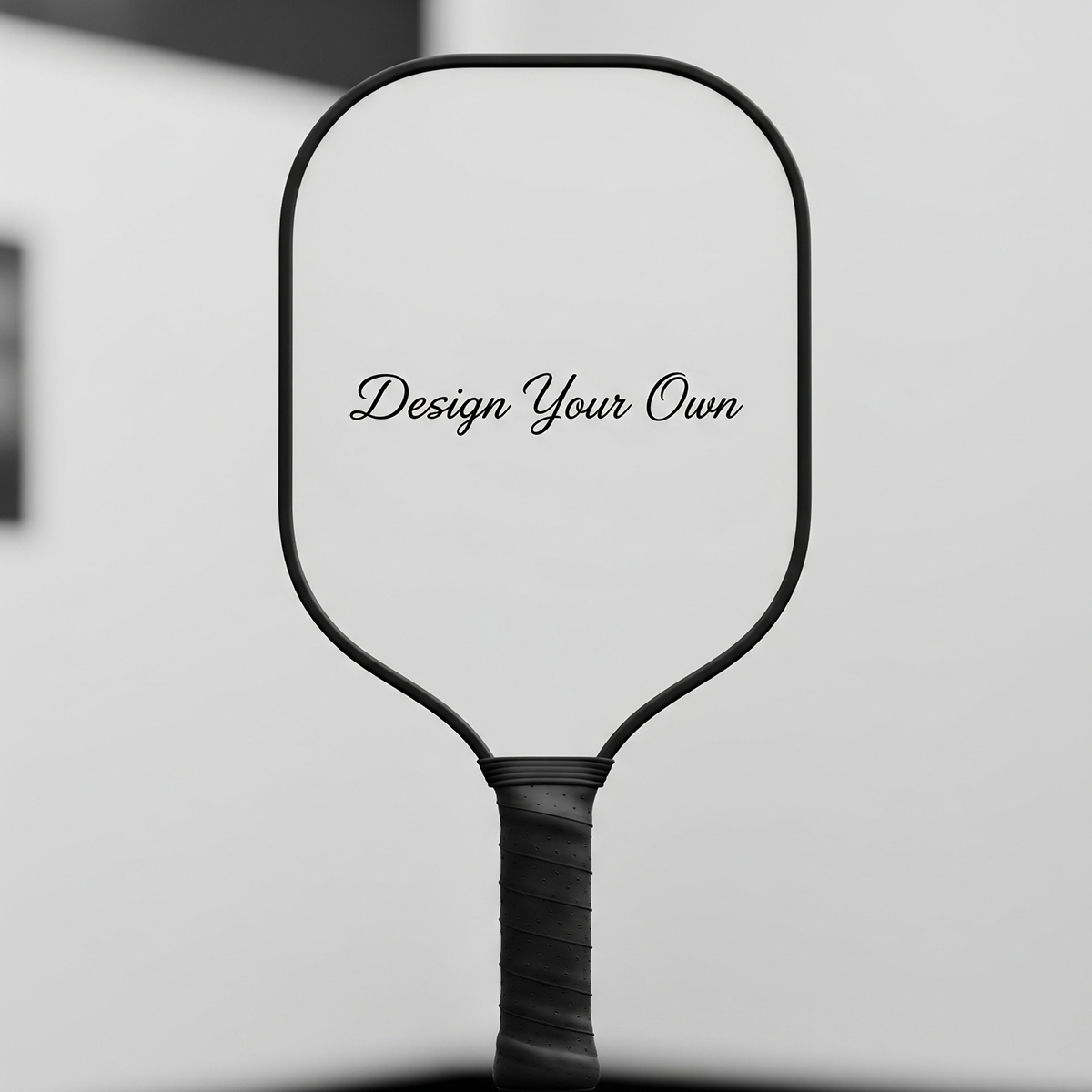
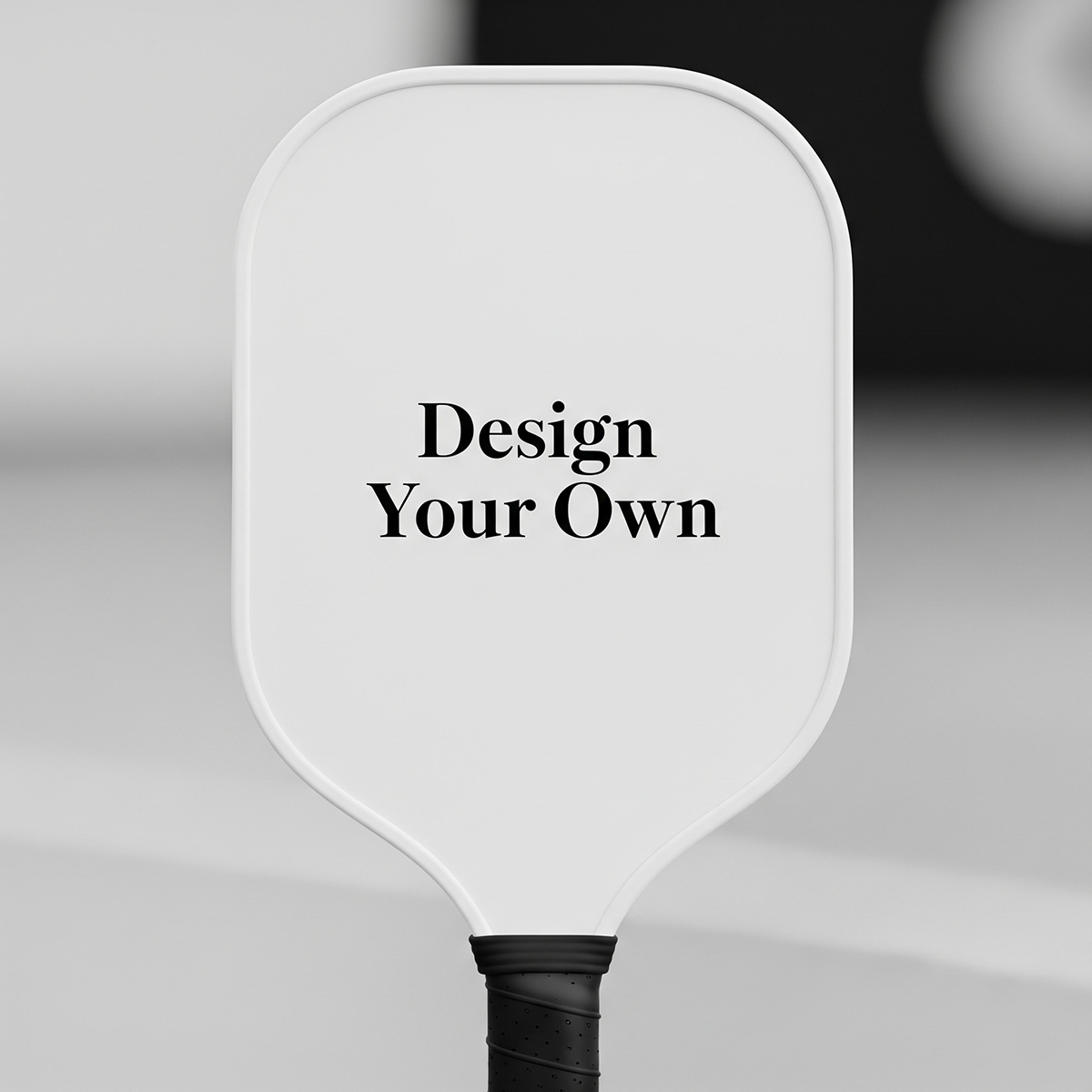
Dejar un comentario
Este sitio está protegido por hCaptcha y se aplican la Política de privacidad de hCaptcha y los Términos del servicio.